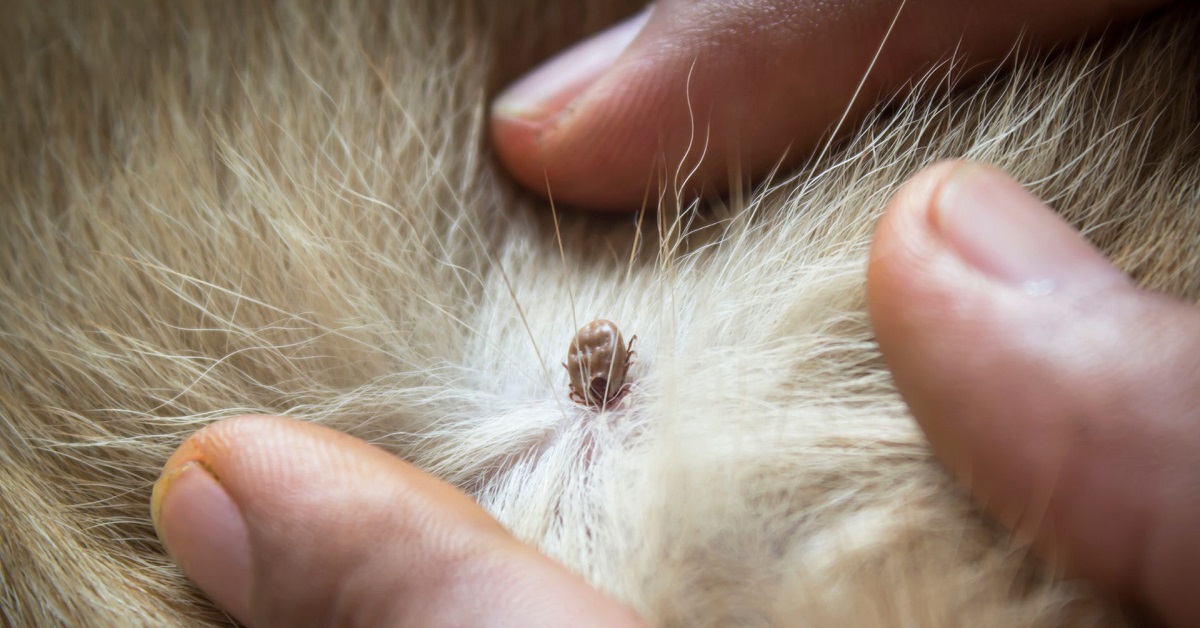Vetpharmacy.co.uk Cookie Policy : We use cookies to enhance your user experience. To find out more please view our cookie policy
How Do You Effectively Control Ticks & Fleas on Dogs?
When it comes to spreading infectious diseases to both people and pets, ticks are only just second to mosquitoes. Ticks are tiny parasites with spider-like bodies that draw blood from other animals. Keep reading to learn about dog tick control.
Ticks have eight legs, and when filled with blood, their egg-shaped bodies get large and darken. They are unable to fly or jump, unlike fleas. Instead, as they brush past whatever they're sitting on, they climb or land on your pet's coat.
The insects are widespread in grasslands and woodlands, and while they are active all year long, you'll most often see them between spring and October. Compared to dogs, cats are less prone to contract ticks, although it is still possible.
Why should you practice dog tick control?
Ticks are parasites, therefore they always need a host to feed on, as well as a habitat to locate a partner and reproduce. There is a significant risk of disease spread because of ticks' ability to acquire the disease from one animal host and then transmit it to another, including humans.

How to remove a tick
It's crucial to get rid of tick bites as soon as possible because they may spread infections. Make sure not to crush the tick's body or leave the head in when removing it. Squeezing the body or leaving the head in might force blood back into your pet, increasing the likelihood that they will contract an illness.
Please see your veterinarian if you're uncertain about how to remove a tick. Burning or suffocating the tick with lotion won't stop your pet from contracting an illness.
Dog tick control
There are a variety of safe tick prevention products on the market. They range from spot-on treatments and sprays to specialised collars infused with chemicals that seep into the fatty layer of your dog's skin and kill ticks as soon as they try to feed and get their first mouthful of anti-parasitic-treated blood.
Symptoms of ticks on cats
Your cat may have a number of issues if a tick that paralyses its host bit it. A typical case starts with weakness in the hindquarters and develops into quadriplegia.
Additional warning signs could be:
- Breathing problems
- Nausea or dry mouth
- Drooling excessively
- Coughing
- Problems with swallowing
- Appetite loss
- Coughing
- Panting
Cats could appear to be less active than normal, taking fewer steps before settling back into a supine position (laying on their back). It's important to be mindful of increased breathing sounds in addition to increased breathing effort. Additionally, if your cat is asthmatic their breathing will also be more audible. Learn more about the symptoms of ticks on cats in our previous blog post here:

How can I treat ticks on cats?
If your pet is experiencing tick paralysis, positive results depend on early tick treatment. The tick is removed once the cat is brought into the hospital. The veterinarian will perform a complete tick search and neurological evaluation. The cat will be given a tick antiserum as part of the treatment. Cats are anaesthetised before therapy to reduce the stress that can further affect their breathing.
Start and maintain supportive care for the cat as long as it has tick paralysis (usually 3-5 days on average). These patients require IV hydration therapy because many of them arrived at the hospital having not eaten or vomited. This protects the cats from dehydration. Some cats may benefit from oxygen therapy because it helps encourage breathing and avoid muscle exhaustion brought on by increased respiratory effort.
Shop online at Vet Pharmacy for effective products to control ticks on cats and dogs.
Shop Dog Flea & Tick Control Shop Cat Flea & Tick Control
This blog post was written on behalf of Vet Pharmacy by Pharmacy Mentor.
Updated September 2022
